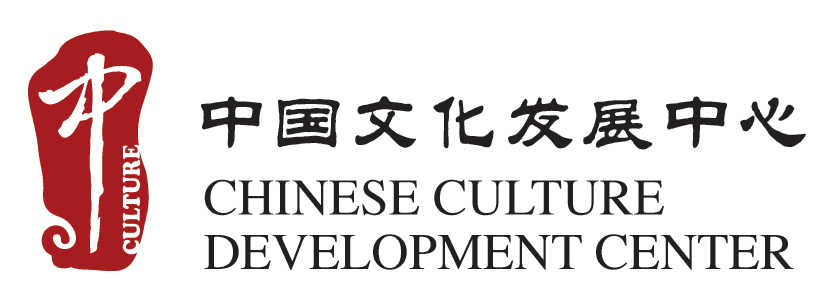Time: May 27-28, 2025
Location: the entrance of Nixon Presidential Library
In celebration of Asian American and Pacific Islander (AAPI) Heritage Month, the “AAPI: Living Heritages” photography exhibition officially opened today at the Richard Nixon Presidential Library in Orange County. Co-hosted by the Chinese Culture Development Center of Los Angeles and the Press Photographers Association of Greater Los Angeles (PPAGLA), the exhibition runs through May 28 and is open to the public.
Following a successful showcase at The Shops at Santa Anita from May 23 to 26, the exhibition presents two main themed sections: “Taste China: A Journey with World-Class Photographers 2024” and “Ringo & Friends: Hope out of Fire.”
The exhibition officially opened
The “Taste China” section features 40 documentary photographs captured in Sichuan and Guangdong in 2024 by four internationally acclaimed photographers: Pulitzer Prize and World Press Photo winners Nick Ut, Ringo Chiu, Irfan Khan, and Michael Nelson. Through their lenses, the exhibit vividly portrays the landscapes, culinary culture, local customs, and social atmosphere of contemporary China.
“Hope out of Fire” focuses on the devastating Southern California wildfires of early 2025, as documented by Ringo Chiu and nine other photojournalists. The section delivers powerful visual narratives of destruction, neighborly solidarity, and community resilience.
Several lead photographers were present at the Nixon Library event to share personal stories behind their works.
Reflection from Ms. Jane Zhang, Director of Tourism, Culture and Education at the Nixon Presidential Library
Jane Zhang, Director of Tourism, Culture and Education at the Nixon Library, opened the remarks by expressing her admiration for a portrait of a man wearing traditional opera makeup: “The colors are striking, but it’s the eyes that hold such depth. Nick captured something timeless—dignity, life experience, and humanity.”
She added: “As an Asian American, this exhibition is profoundly emotional. It reminds us of the importance of empathy and understanding. If humanity can connect through culture, the world would be a better place.”
Photographers Share Their Most Memorable Moments
Michael Nelson, a highly qualified all-around photographer, spoke about visiting a traditional salt-making site in Sichuan. “At first, I didn’t expect much from a museum, but we saw two craftsmen making salt the old way—drawing brine from deep underground and boiling it with natural methane. It was hot, humid, and intense. An unforgettable moment.” He also highlighted the Leshan Giant Buddha: “Carved into a cliff at the confluence of two rivers, it reminded me of the temples in Egypt, where my wife is from. The local night market was also full of life, music, and great food.”
Los Angeles Times photographer Irfan Khan chose a portrait of a copper craftsman as his favorite: “I love faces—they tell stories. This man was proudly showing his work as if holding a trophy. He was completely in his element, comfortable and natural. That’s when you get the best image.” Irfan added that despite language differences, connection was never an issue: “Body language is universal. If I’m relaxed and respectful, people open up to me. That’s what matters most.”
Pulitzer Prize-winning photographer and author of the iconic Vietnam War image “Napalm Girl,” Nick Ut, also attended the exhibition. He expressed his affection for Beijing and shared a lighthearted wish: “I love dim sum and Peking duck, and I look forward to visiting China again.”
Pulitzer Prize-winning photographer Ringo Chiu shared his emotional return to China after 30 years: “It was deeply moving to walk again through familiar places like Sichuan, now so different. What touched me most was the warmth and kindness of the people—I truly felt safe and at home.” He expressed appreciation that the exhibition brings visibility to Chinese culture and to overseas Chinese communities that are often overlooked.
Conclusion
The “AAPI: Living Heritages” photography exhibition vividly narrates the rich cultural heritage and resilient spirit of the Asian American and Pacific Islander communities through compelling imagery. The exhibition not only showcases the beauty and endurance of Eastern traditions but also reflects the solidarity, mutual support, and hope for rebuilding within the Southern California communities affected by disasters. Serving as a bridge through art, this exhibition fosters cross-cultural understanding and emotional resonance, inspiring more people to appreciate and cherish the invaluable legacy of multiculturalism.








